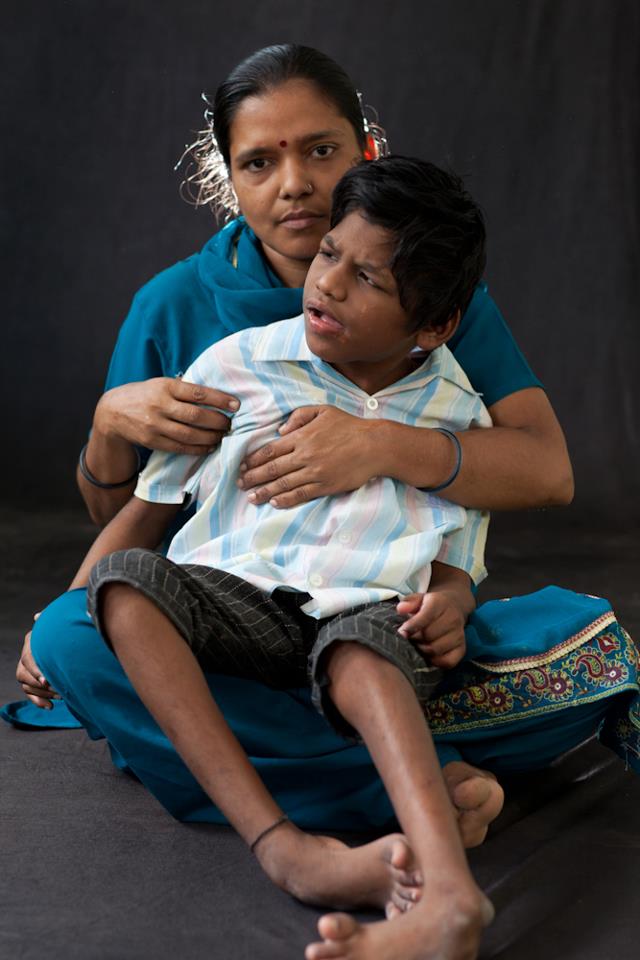
UNDER THE VOLCANO by Indra Sinha
In the fourth part of the story Indra Sinha, author of “Animal’s People” explains how the poisons at the factory were never cleaned up and now are contaminating the local water supply for thousands of poor people.
In fact, most of this contamination is caused by toxic waste that was dumped before the gas disaster. Union Carbide knew about this contamination, in advanced of the 1984 disaster, but chose to do nothing about it.
IV. THE WATER POISONING AFTER THE NIGHT OF HORROR the factory was locked up. Thousands of tons of pesticides and wastes remained inside. Union Carbide never bothered to clean it. The chemicals were abandoned in warehouses open to wind and rain.
Twenty-eight monsoons have rusted and rotted the death factory. The rains wash the poisons deep into the soil. They enter the groundwater and seep into wells and bore pipes. They gush from taps and enter people’s bodies. They burn stomachs, corrode skin, damage organs and flow into wombs where they go to work on the unborn. If babies make it into the world alive, the poisons are waiting in their mothers’ milk.
Atal Ayub Nagar is a slim strip of housing sandwiched between Carbide’s factory wall and the railway line. It used to have no hand-pumps and fetching water meant a trek to a well in Shakti Nagar, half a mile to the south. People clubbed together to install two hand-pumps. At first the water seemed okay, but then oily globules began appearing. The water acquired a chemical smell, which grew gradually worse.
A private Union Carbide memo, obtained via discovery in a US court case, reveals that as far back as 1989 Union Carbide had tested soil and water inside the factory. Fish introduced to the samples died instantly. The danger to drinking water supplies was obvious, but Carbide issued no warnings. Its bosses in India and the US watched silently as families already ruined by their gases drank, and bathed their kids in poisoned water.
In Atal-Ayub Nagar, many damaged babies were being born. In 1999, when Greenpeace was testing soil and water around the factory, it visited this place and found carbon tetrachloride at levels 682 higher than EPA limits in one of the hand-pumps. People drank this water, washed their clothes and bathed in it. In August 2009, a sample of water from the same hand-pump was analysed by Greenpeace laboratory in the UK. Carbon tetrachloride was found at 4,880 times the EPA limit. In the last decade, the water has become seven times more poisonous.
Rehana is a nine year old from Atal Ayub Nagar. She was born without a left thumb, her growth is retarded, her mind is weak and she hasn’t the strength to go to school. Rehana’s vision is not okay, she’s plagued by rashes and is constantly breathless.
Her dad sadly asks, ‘Why was fate so cruel to our poor child?’
You can read the complete Bhopal Marathon publication online here


